Are you interested in creating cool and fun projects with Arduino but don’t know where to start? You’re in the right place! This guide is packed with exciting project ideas for beginners and hobbyists alike. From simple LED displays to more advanced robotics, there’s something here for everyone. We’ll walk you through easy-to-follow steps, provide useful tips, and share insider insights to bring your project ideas to life. Dive in and discover a world of possibilities with Arduino, where you can learn, experiment, and build amazing creations right at home!
If you’re unsure where to begin, our beginner’s guide on Arduino vs. Raspberry Pi will help you decide on the best platform.
Table of Contents
Project 1: Smart Home Automation System
Managing multiple home devices and appliances manually can be inconvenient. Today’s modern homes need systems that offer centralized control for improved efficiency and convenience.
Imagine constantly running around the house to turn off lights, adjust the thermostat, or lock the doors. Not only is it time-consuming, but you also end up wasting energy. Without an automation system, the concept of a “smart home” remains a fantasy.
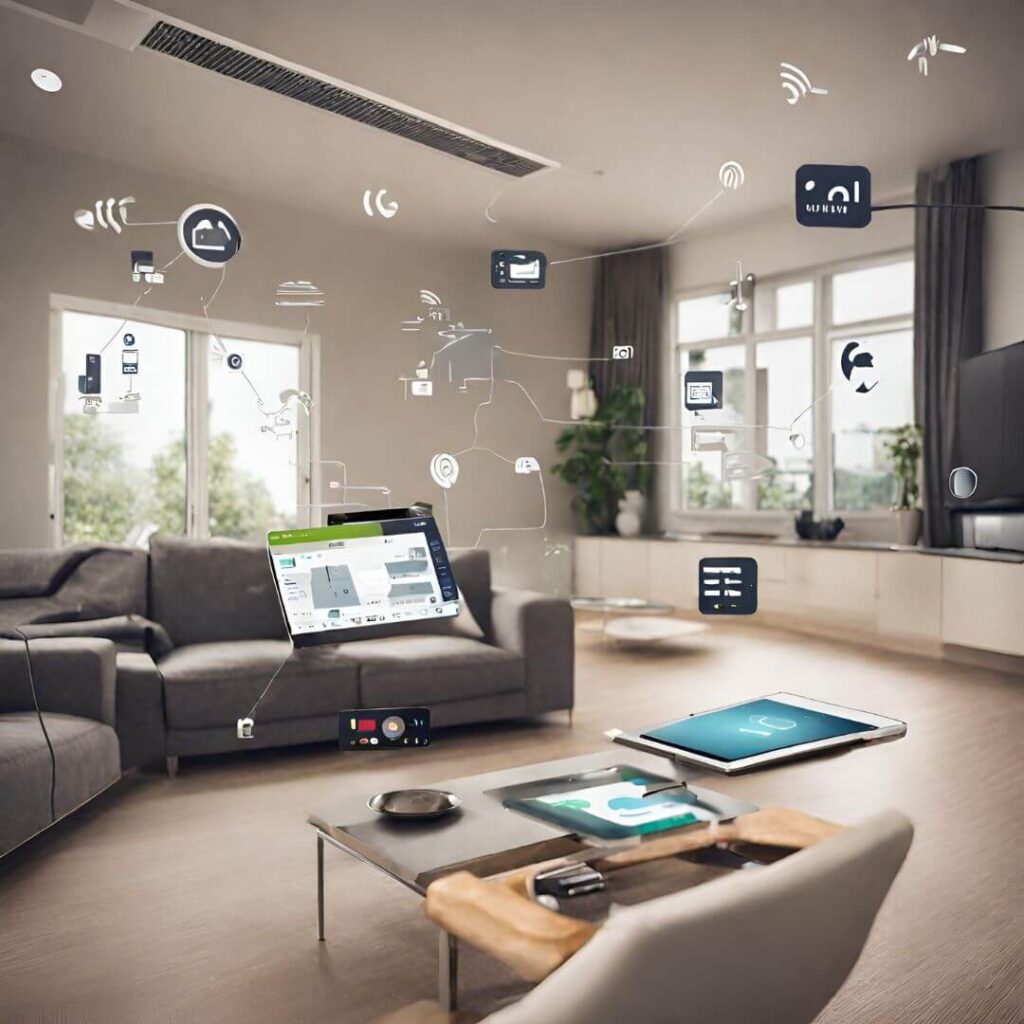
A Smart Home Automation System built with Arduino is a perfect solution. Using sensors, relays, and an Arduino board, you can control lights, fans, or even appliances from your phone or a centralized control hub. With Wi-Fi or Bluetooth modules like the ESP8266, you can integrate this system with voice assistants like Alexa or Google Assistant.
This project enables you to monitor and control your home’s appliances remotely, optimizing energy use and reducing effort. Many DIYers have successfully created full-fledged smart homes using Arduino for a fraction of the cost of commercial systems.
Project 2: Personal Weather Station
Relying on general weather forecasts often lacks accuracy for your specific location. What if you need precise weather data to plan outdoor activities or manage your garden?
Using unreliable weather data from sources far from your location can lead to inaccurate planning, impacting your daily activities, and resulting in poor outcomes for temperature-sensitive operations like gardening.
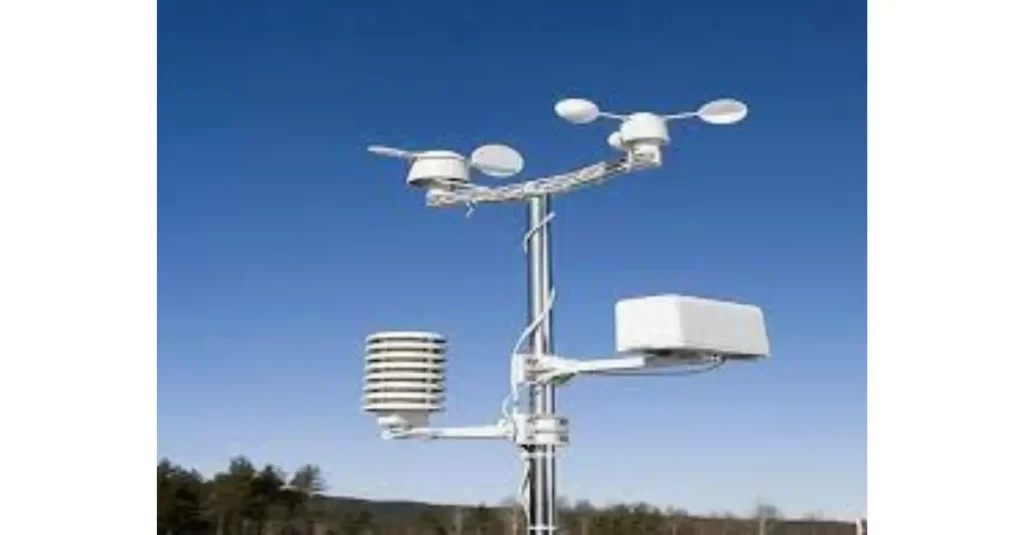
A Personal Weather Station powered by Arduino allows you to gather real-time, hyper-local data on temperature, humidity, pressure, and even rainfall. Using sensors such as the DHT22 for temperature and humidity or the BMP280 for atmospheric pressure, this project is perfect for DIY weather enthusiasts.
You can upload data to platforms like ThingSpeak to visualize trends and access the information remotely. This project is ideal for learning about data collection, visualization, and environmental monitoring.
Project 3: Autonomous RC Car
Remote-controlled cars are fun, but they require constant manual control. This limits the exploration of autonomous vehicle technology, which is a booming field.
Traditional RC cars require human input at every moment, restricting their capability to perform tasks independently. If you’re passionate about robotics or autonomous systems, this dependency feels like a bottleneck.
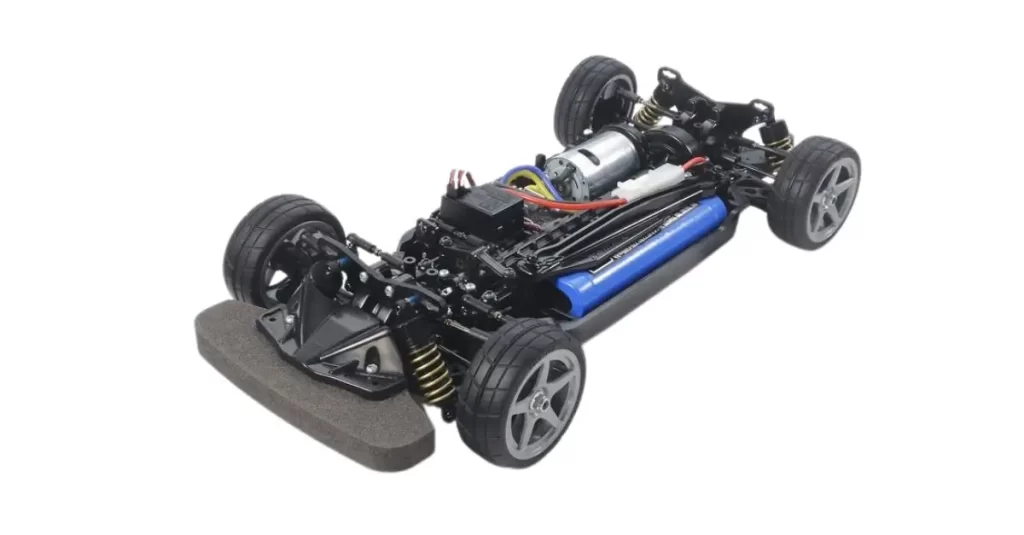
The Autonomous RC Car project uses Arduino, ultrasonic sensors, and motor drivers to create a self-driving vehicle. By integrating a basic obstacle-avoidance system, the car can navigate around objects without needing remote control.
This project introduces you to the principles of autonomous driving, including pathfinding and sensor integration. As autonomous vehicles become mainstream, building a project like this can be your entry point into this exciting field.
Project 4: Automated Plant Watering System
Keeping house plants healthy can be tricky, especially when you’re busy or traveling. Forgetting to water them leads to dried-up plants, while overwatering can damage them.
Inconsistent watering can lead to plants dying or not growing to their full potential. If you’re someone who loves greenery but struggles with regular care, this issue becomes a frustrating cycle of buying new plants only to see them dry up.
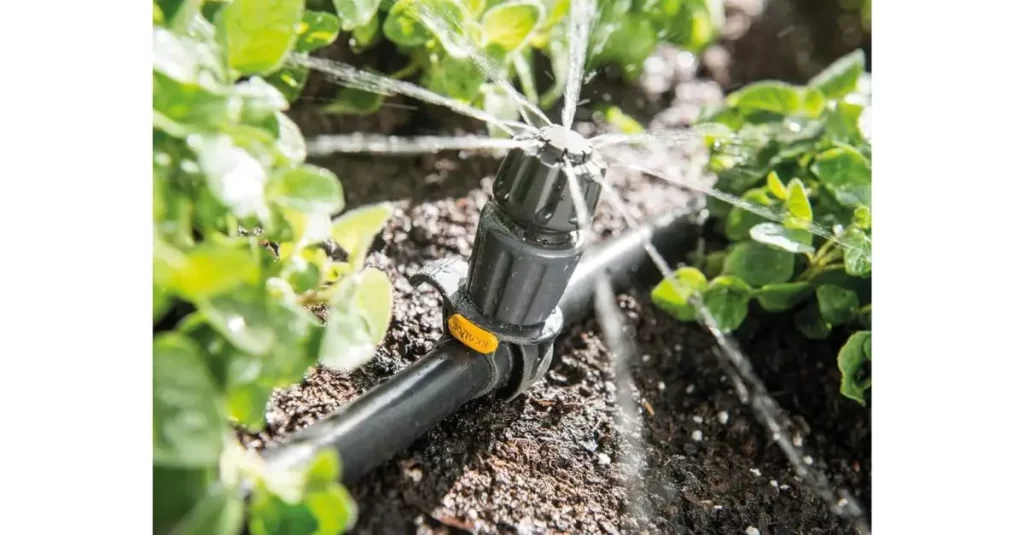
An Automated Plant Watering System solves this by using soil moisture sensors and Arduino. The system monitors the moisture levels in the soil and automatically activates a water pump when the soil is too dry.
This project is simple yet incredibly practical. You can expand it to support multiple plants or even control it remotely with a Wi-Fi module. It saves time and ensures your plants are always hydrated perfectly.
Project 5: Voice-Controlled Home Assistant
Operating home appliances or searching for information without hands-free assistance can slow down your workflow, especially when multitasking.
Whether you’re cooking, doing household chores, or simply relaxing, controlling lights, appliances, or looking up information manually feels like an unnecessary distraction. Voice commands could streamline everything.
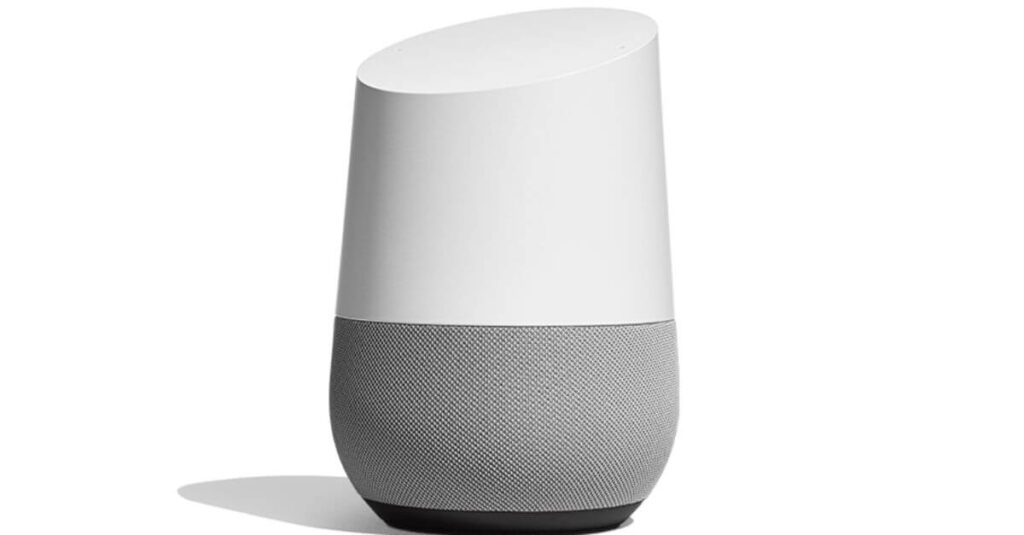
Build a Voice-Controlled Home Assistant using an Arduino, microphone module, and a speaker. By integrating with cloud-based speech recognition services or using offline speech modules, you can create a simple voice assistant that controls home devices, sets timers, or provides information.
The project is highly customizable, and you can make it interact with other IoT devices in your home. With voice-controlled technology gaining momentum, this project gives you hands-on experience with one of the most exciting fields in tech.
Project 6: DIY Smartwatch
Smartwatches are expensive and often filled with features you don’t use. Building your own can be a cost-effective and educational solution.
Why pay hundreds of dollars for a smartwatch when most of the features go unused? If you’re a tech enthusiast, you’d rather build your own wearable that fits your exact needs.
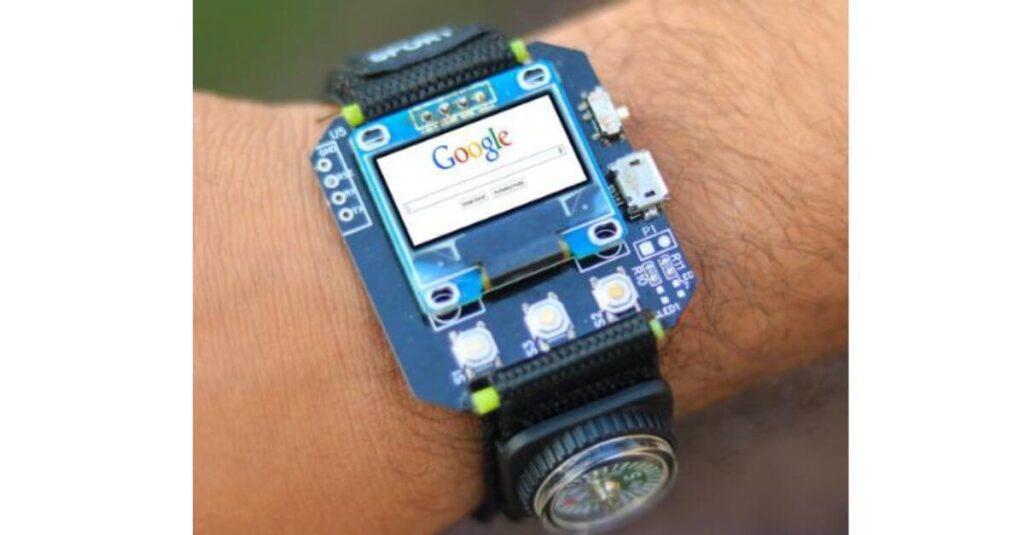
The DIY Smartwatch project allows you to create a fully functional wearable device. By using an Arduino-compatible microcontroller, an OLED display, and a Bluetooth module, you can build a smartwatch that tracks time, temperature, and even connects to your smartphone for notifications.
This project helps you understand the inner workings of wearable tech, and you can personalize the features according to your preferences, making it a standout item compared to commercial smartwatches.
Project 7: Smart Bike Lock
Traditional bike locks are prone to theft due to their mechanical nature, and forgetting keys can be an inconvenience.
Bike theft is a persistent problem, and traditional locks are often not enough to deter thieves. Carrying keys everywhere is inconvenient, and a more secure solution is required.
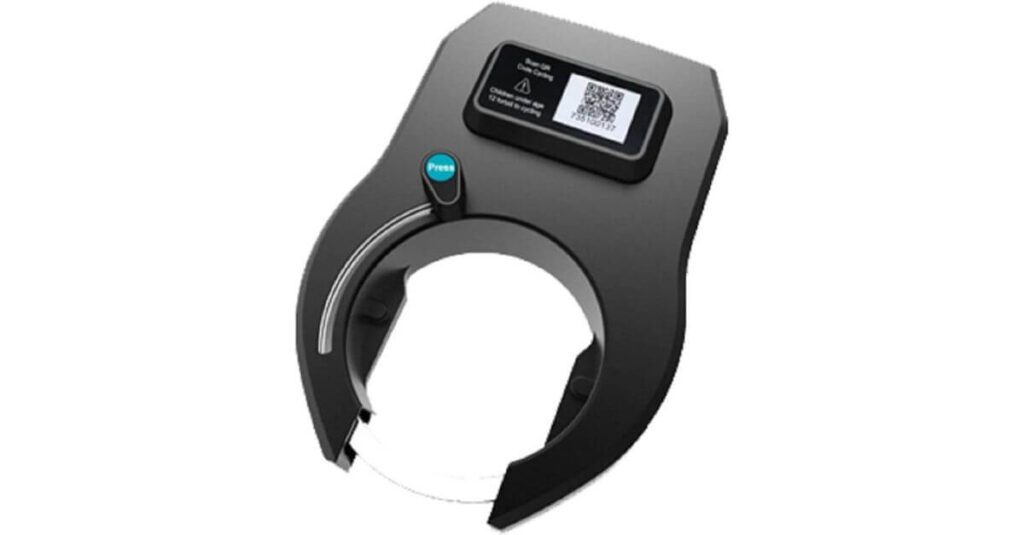
A Smart Bike Lock powered by Arduino is an effective way to enhance bike security. By integrating a fingerprint sensor or Bluetooth module, you can unlock your bike using your phone or fingerprint.
The project provides flexibility in lock design and can send alerts to your phone if someone tampers with the lock. As bike commuting becomes more popular, this project addresses a real-world problem and improves personal security.
Project 8: Laser Harp
Traditional musical instruments are limited by their physical structure. They can’t be modified or reimagined easily without expensive manufacturing.
If you’re a music enthusiast, conventional instruments may feel too restrictive in terms of creativity and customization. They often don’t integrate with digital setups easily or offer the flexibility for experimentation.
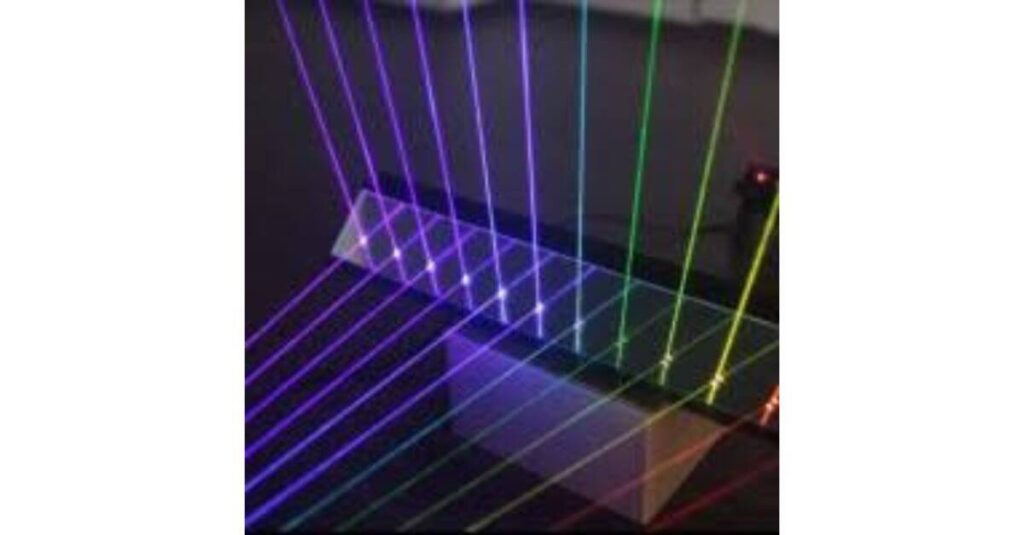
The Laser Harp project is an innovative way to fuse music and technology. Using laser diodes and an Arduino, you can create a harp where each “string” is a beam of light. Breaking the beam triggers a sound.
This project combines creativity, electronics, and music in a unique way, offering a futuristic instrument that can be integrated with synthesizers or MIDI controllers.
Project 9: Smart Aquarium
Managing an aquarium can be time-consuming, with tasks like feeding fish and monitoring water quality requiring constant attention.
Regularly checking water levels, feeding schedules, and ensuring the right environment for fish can become overwhelming for hobbyists. Any lapse in care can result in an unhealthy tank.
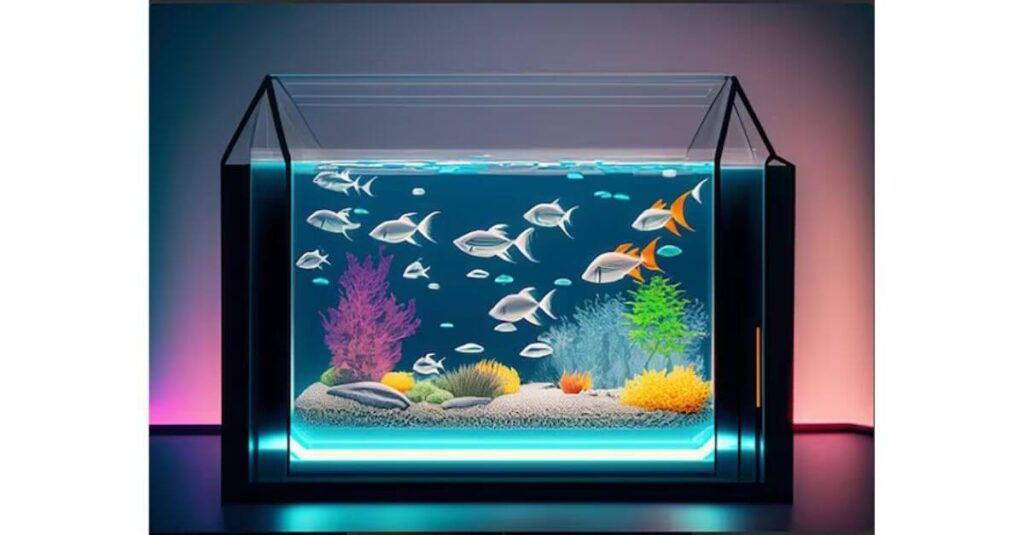
A Smart Aquarium automates many of these tasks. Using Arduino, you can set up a system that automatically feeds the fish, monitors water temperature, and adjusts lighting. You can even use pH sensors to keep the water chemistry balanced.
This project not only makes aquarium management easier but also ensures a healthier environment for your fish. It’s a great way to combine your passion for technology and marine life.
Project 10: Interactive LED Art
Traditional art forms are static and lack the dynamic engagement that modern audiences often look for. Artists seeking to integrate technology into their work need new tools.
Creating interactive and engaging art that responds to its environment or user input can be challenging without digital tools. Static art feels limiting in a world where interactivity and immersion are becoming more valued.

The Interactive LED Art project lets you use Arduino to create responsive art installations that change based on movement, sound, or light. By using LED strips and sensors, you can build a piece that reacts to its surroundings, creating a dynamic visual display.
Create an interactive LED art piece using Arduino and an LED matrix. The lights can change color and patterns based on sound, motion, or user input via touch or mobile app. This project allows for endless creativity and customization.
A group of makers developed an interactive LED wall art display that changed patterns and colors based on music playing in the room. Using a sound sensor, Arduino controlled the LEDs, creating a dynamic light show. The installation cost less than $80, making it a cost-effective and unique art piece.
Conclusion
Arduino opens up a world of endless possibilities, blending technology with creativity to bring your ideas to life. The projects mentioned above are just a taste of what you can achieve with Arduino in 2024. Whether you’re just starting out or already a programming pro, these projects offer the perfect chance to level up your skills, dive into the world of electronics, and design something truly unique and functional.
So, what will you create? Will you build a cutting-edge smart home system, or craft your very own DIY smartwatch? With Arduino, the sky’s the limit—your imagination is your only boundary. Dive in, unleash your creativity, and get ready to build something truly amazing!
You might enjoy trying out Bluetooth connectivity with Arduino to expand your project capabilities.
FAQs
What is Arduino?
Arduino is an open-source electronics platform that allows you to create interactive electronic projects. It consists of a physical board and a programming language that enables you to interact with various inputs and outputs.
Is Arduino difficult to learn?
Arduino is a beginner-friendly platform that is easy to learn. With its modular design and simple coding language, it is an excellent choice for beginners and hobbyists.
What programming language is used with Arduino?
Arduino uses a simplified version of the C++ programming language, which is easy to learn and understand.
Can I use Arduino for commercial projects?
Yes, you can use Arduino for commercial projects. However, you must comply with the terms of the Arduino license, which requires you to make your code open-source.
Where can I find more Arduino projects?
You can find more Arduino projects on various online forums, tutorials, and communities. The Arduino website also offers a wide range of project ideas and resources.